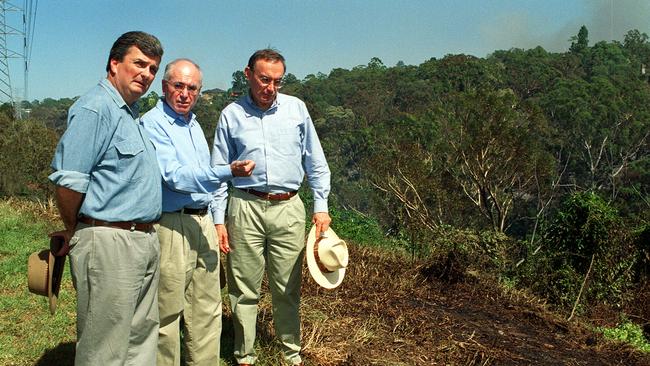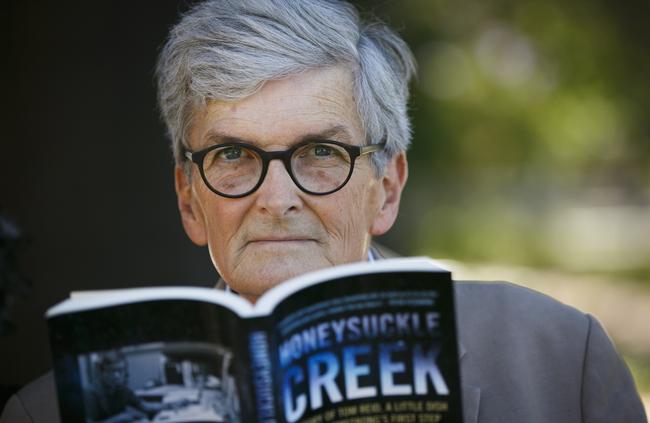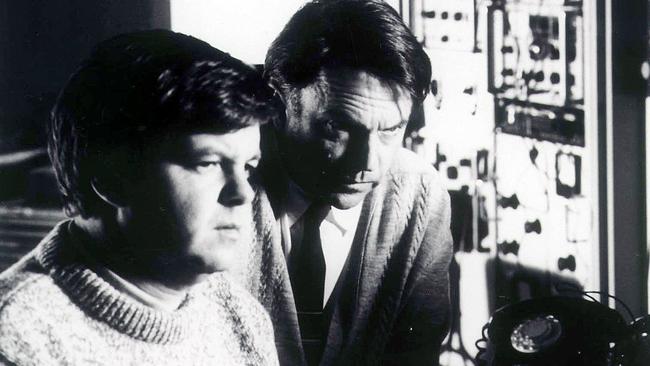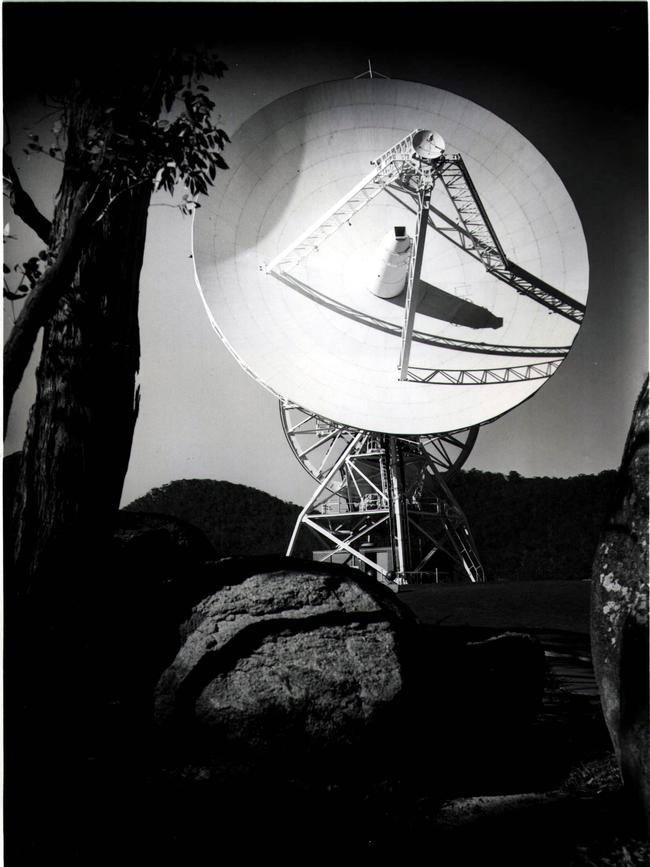Former Epping politician authors new book on moon landing
From writing his own media releases, to the author of five books; Andrew Tink has jumped into the role of author, finding out a little known fact about the 1969 moon landing.
Andrew Tink’s journey from politician to author dates back more than two decades ago when he was in the NSW Shadow Ministry.
The former lawyer and Epping Liberal MP could not work out why his press releases were being brushed by the Macquarie St press gallery.
This was back in the days when senior politicians, particularly in Opposition, didn’t have an army of PR support behind them.
“I had to do all my own press releases. We had no staff to look after that,” said Mr Tink, whose 20-year political career ended in March 2007.
“I wrote like a lawyer, and a mediocre one at that,” he added with a laugh. “I used far too many words to make a point, often using indecipherable language.
“And when my releases were constantly ignored by the gallery, I asked myself, why? I then asked the journos why they weren’t picking up my stuff and they said they didn’t appreciate a five-page press release.
“I then got it back to one page and they still didn’t pick up my stuff. So I asked again and they said I wasn’t grabbing their attention in the first sentence.

“It was then that his obsession with syntax, the arrangement of words and phrases, kicked in.
“It really dominated my attention as a shadow minister,” the 65-year-old said.
“And as I became ill and stepped out of politics, I became even more fascinated by the expression of ideas.
“It kind of became addictive and it was a good way to detox from politics.”
At the launch last week of his fifth and latest book on an untold Australian link to the first moon landing, the Beecroft resident reflected on the growing pains in his former electorate.
“Epping’s like many suburbs all over the place where it’s got major issues around transport, development and environment in a rapidly growing metropolis,” Mr Tink said.
“It has the same issues that every middle ring suburb has … and there are no easy answers to these issues.
“Governments try, through various rail links and other projects, to deal with the emerging issues. But sometimes the issues are growing faster than the solutions.”
The big solution to his own conundrum of what to do in political retirement has been full-time writing.
“I really love being immersed in the research and writing. And the books I love to put together are of stories that have not been told before,” he said.
His latest work, Honeysuckle Creek: The Story of Tom Reid, a Little Dish and Neil Armstrong’s First Step, reveals the pivotal role of a tracking station, near Canberra, in the first moon landing on July 20, 1969.

It drills down into the work of Tom Reid, the director of the space-tracking station, and exposes how the popular 2000 film The Dish — set in the central-west town of Parkes — was essentially a work of fiction.
“Parkes was not a tracking station, it was only a radio telescope. It could only receive, not send,” said Mr Tink, who learned the intricate workings of radar, dishes, transmitters, receivers and computers in the 1950s and 1960s for his book.
“One of the signals it could receive was television. But at the time that (Neil) Armstrong actually stepped on to the moon, and contrary to what The Dish infers, the Parkes dish at that stage could not receive TV.

“That was because it was a big dish and could only be angled down to 30 degrees above the Earth’s surface, whereas the Honeysuckle dish, which was on the same longitude, could be angled down to zero degrees because it was a special tracking dish.
“It meant the moon rose two hours earlier at Honeysuckle Creek. It also meant that although the Parkes dish got quite a bit of the TV from the first Apollo 11 landing, it didn’t get the critical bit of Armstrong stepping on to the moon.”
He said the Americans were capable of getting the TV signal of the “biggest moment in human history” — but “they mucked it up”.

“So, but for the Honeysuckle’s clear signal, as the back-up station to the big dish in California, there would have been no footage of Armstrong stepping on to the moon.” Mr Tink said.
He also reveals a personal connection to the Honeysuckle story, through his three years of dating Reid’s daughter, Margaret, when he was studying law at the Australian National University in Canberra.
“The breakup between Marg and I was not a lot of fun. It was all my fault, so there was a fair bit of diplomacy on a few fronts to get this story going, starting with my wife (Kerry) to get permission to contact Marg,” Mr Tink said.
“I went to Marg and we had a coffee and sorted through all our past issues, and it all started rolling out from there.
“Frankly, the story of man’s first landing on the moon is about as big as it gets in human history. And for me, it’s also as good as it gets in telling the sort of story that needs to be told in Australia’s history.”


